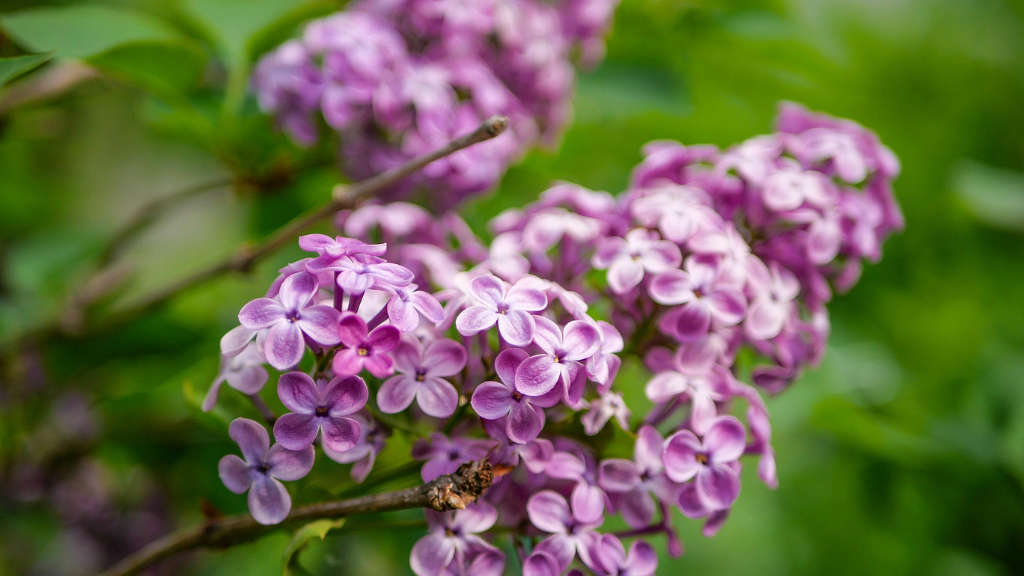Lilac Plant History: Learn About The History Of Lilac Bushes


Many gardeners claim newer lilacs are superior to old-fashioned lilacs, and it's true that new cultivars are available in a tremendous variety of colors and forms. In fact, there are over 20,000 lilac cultivars and hybrids in existence to date. Old-fashioned lilacs, however, are irresistible to many, with their soft purple blooms and heart-shaped leaves. Masses of flowers arrive in early spring, attracting hordes of colorful butterflies, not to mention gardeners who fill vases with the sweet-smelling blooms.
History of Lilac Bushes
Lilacs are native to Europe and the temperate climate areas in Asia. The common lilac, (Syringa vulgaris), originated in Eastern Europe. In the United States, historians think the first lilacs arrived during the Colonial period and were planted around 1750 at the Governor Wentworth Estate in New Hampshire. The location is now a state park. Thomas Jefferson planted old-fashioned lilacs in the late 1700s. We know this for sure because he documented the experience with numerous and lengthy notes in his garden book.
Growing Old-Fashioned Lilacs
Old-fashioned lilacs are tough plants that survive punishing cold but not heat and humidity. They are suitable for growing in USDA plant hardiness zones 4 through 7. As long as they have a period of winter dormancy, well-drained soil and at least six hours of sunlight per day, they require very little care. Here are a few tips on growing these old-time shrubs: Be patient. Old-fashioned lilacs take up to three years to bloom for the first time. Old-fashioned lilacs don't need much fertilizer, but they benefit from a fresh layer of compost every spring. You can also spread a layer of well-rotted manure around the plant after blooming. If you think they need a little extra nutrition, give them a handful of balanced dry fertilizer in late winter. Don't overdo; lilacs won't bloom with too much fertilizer. Provide about an inch (2.5 cm.) of water per week during dry weather. Old-fashioned lilac shrubs require very little pruning, but you can remove old canes and dead or damaged wood after blooming.
Gardening tips, videos, info and more delivered right to your inbox!
Sign up for the Gardening Know How newsletter today and receive a free copy of our e-book "How to Grow Delicious Tomatoes".

A Credentialed Garden Writer, Mary H. Dyer was with Gardening Know How in the very beginning, publishing articles as early as 2007.
-
 Looking For Plants To Give You The Soft And Fuzzies? Try These 5 Fuzzy Leaf Plant Options
Looking For Plants To Give You The Soft And Fuzzies? Try These 5 Fuzzy Leaf Plant OptionsLovers of texture, drama, silver foliage and tactile plants will adore these special sensory garden additions. These fuzzy leaf plant options will leave you all aglow
By Susan Albert
-
 Get Ready For A Summer Of Hummers! Grow These Full Sun Hummingbird Plants and Flowers
Get Ready For A Summer Of Hummers! Grow These Full Sun Hummingbird Plants and FlowersIf you’re lucky enough to enjoy a sunny backyard, make sure you are maxing out on your pollinator opportunities and grow these full sun hummingbird plants and flowers
By Tonya Barnett